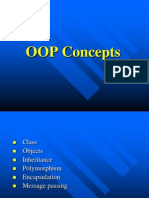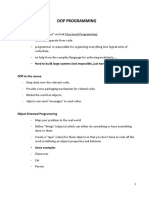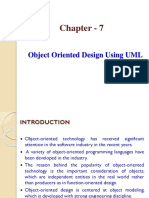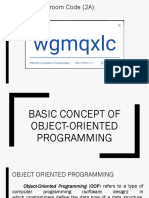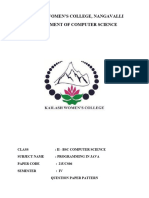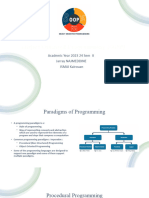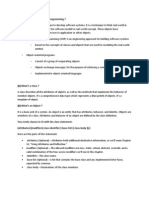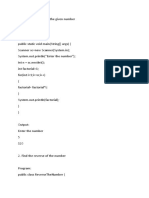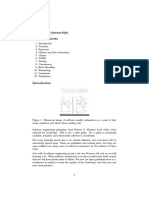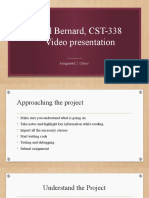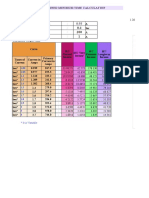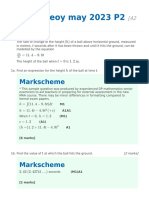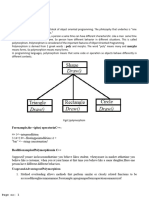0% found this document useful (0 votes)
41 views27 pagesLecture 1 - Chapter 1 - Intro To Object Technology
Uploaded by
Mubbara MajidCopyright
© © All Rights Reserved
We take content rights seriously. If you suspect this is your content, claim it here.
Available Formats
Download as PPT, PDF, TXT or read online on Scribd
0% found this document useful (0 votes)
41 views27 pagesLecture 1 - Chapter 1 - Intro To Object Technology
Uploaded by
Mubbara MajidCopyright
© © All Rights Reserved
We take content rights seriously. If you suspect this is your content, claim it here.
Available Formats
Download as PPT, PDF, TXT or read online on Scribd
/ 27














